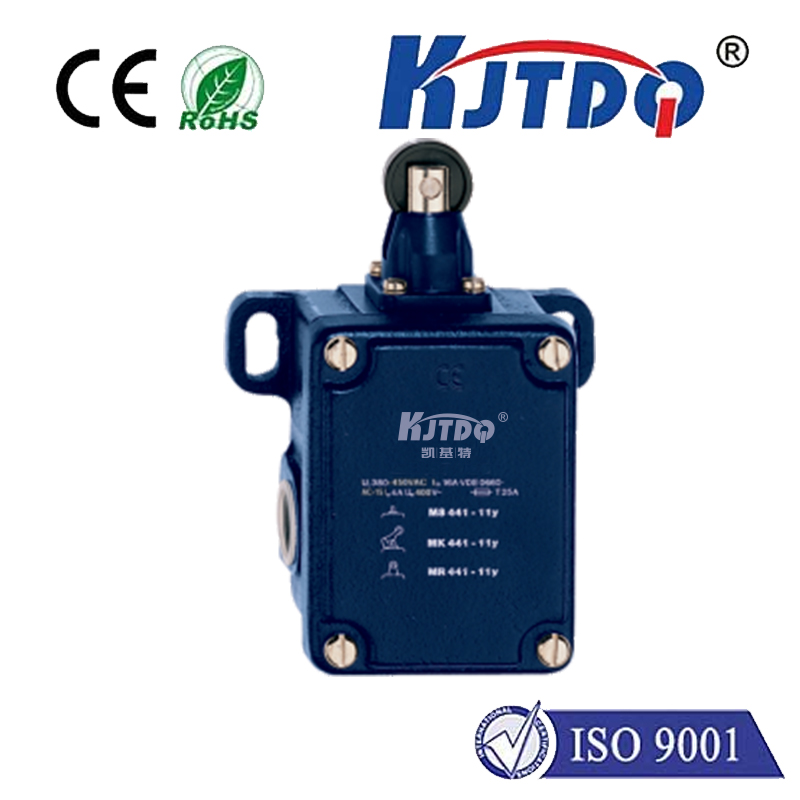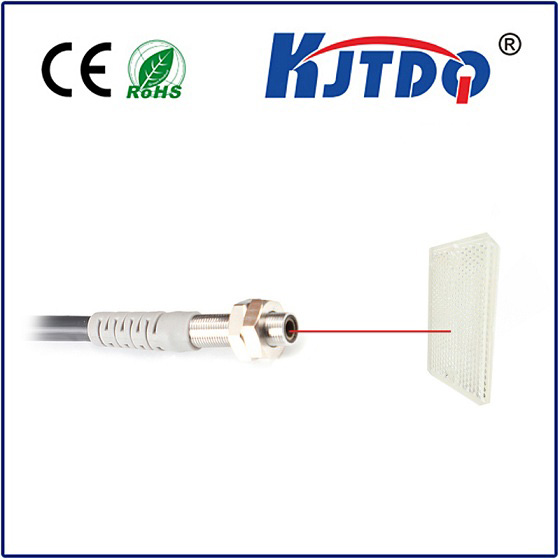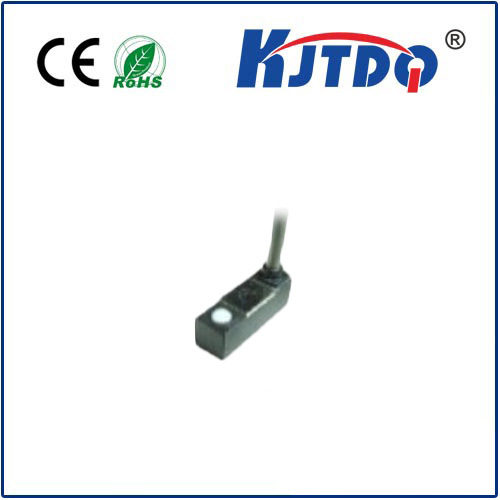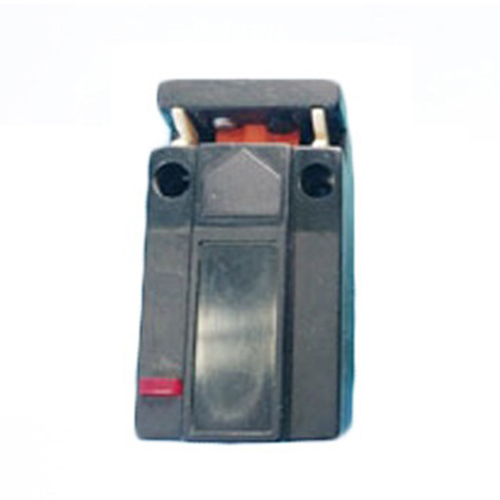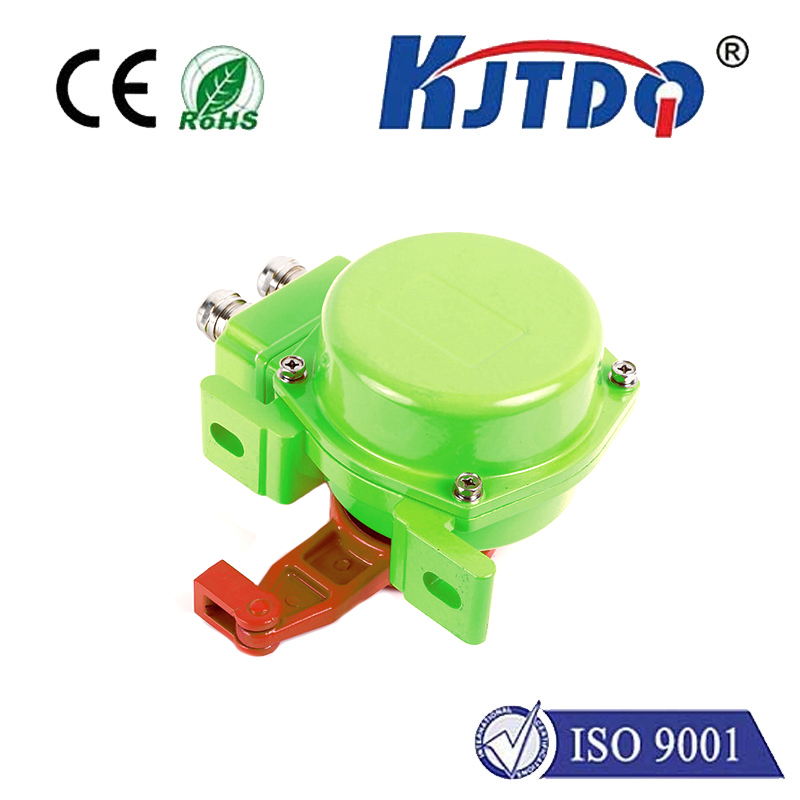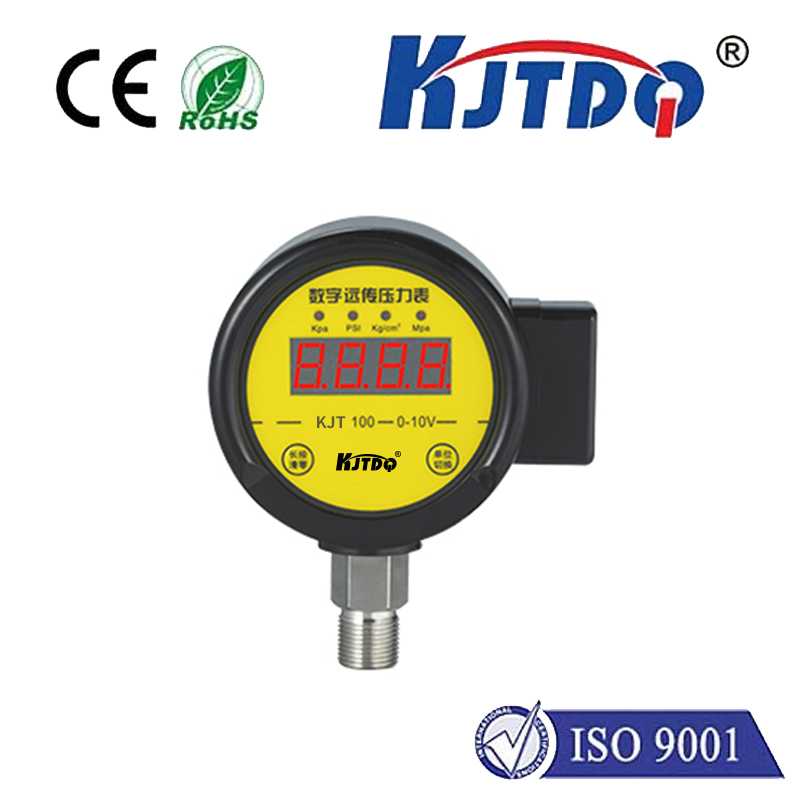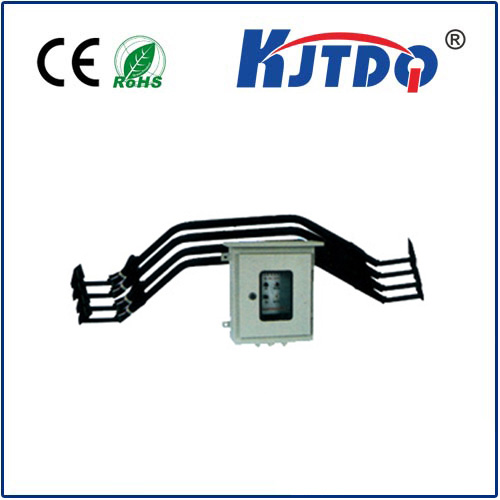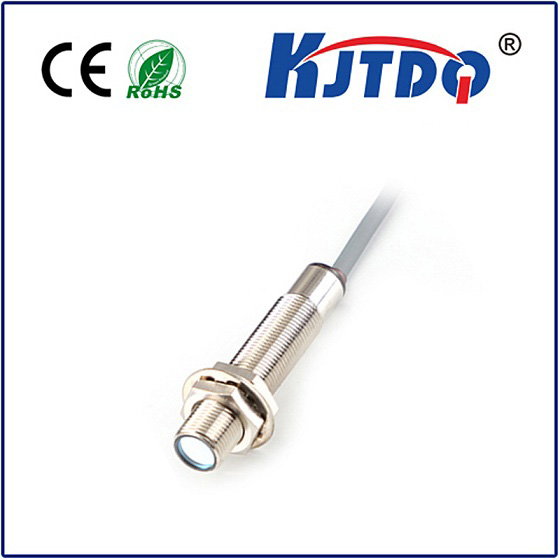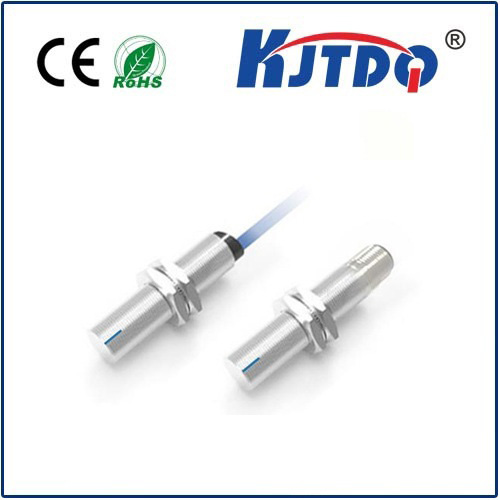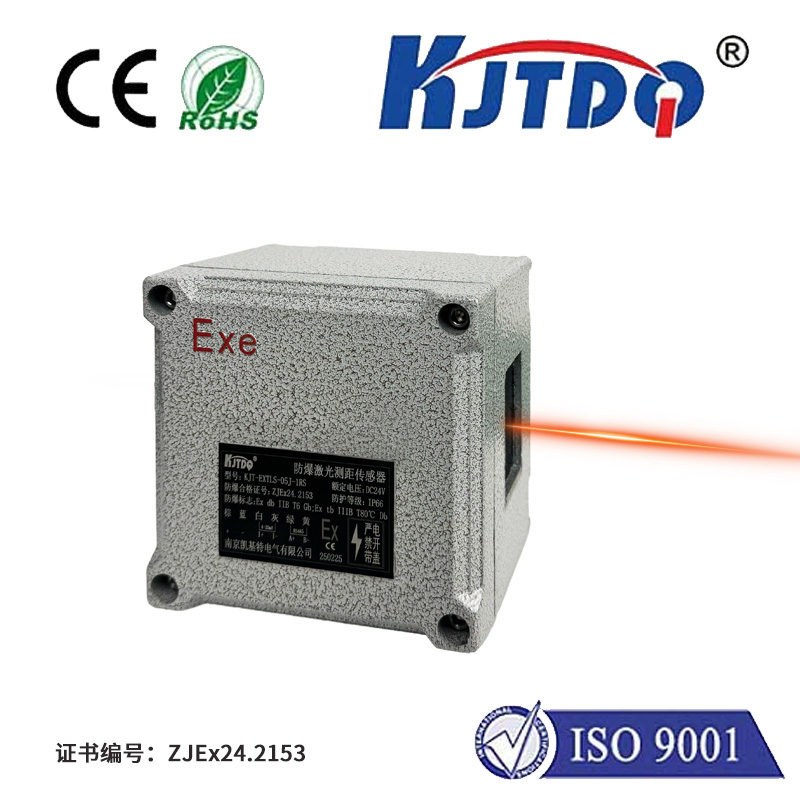датчик индукционного переключателя приближения
- time:2025-09-05 12:18:03
- Нажмите:0
Understanding Inductive Proximity Sensors: The Workhorse of Non-Contact Metal Detection
Imagine a manufacturing line humming with robotic arms, conveyor belts moving parts with precision, and complex machinery performing intricate tasks. At the heart of this automation, countless unseen components ensure safety, accuracy, and efficiency. Among these silent sentinels is the датчик индукционного переключателя приближения, a robust and reliable technology fundamental to detecting metallic objects without physical touch. Have you ever wondered how machines “know” when a metal part is in place? The answer often lies in the precise electromagnetic field generated by these ingenious devices.
Demystifying the Inductive Proximity Sensor
At its core, an inductive proximity sensor is a solid-state electronic device designed specifically for the non-contact detection of metallic objects within its sensing range. Unlike mechanical switches that require physical activation, inductive sensors operate purely through the principle of electromagnetic induction, making them incredibly durable and wear-free – a critical advantage in demanding industrial environments. The absence of moving parts translates directly to long operational life and minimal maintenance.
How Does It Work? The Core Principle
The magic happens inside the sensor’s active face, typically encapsulated within a rugged housing:

- Generating the Field: The sensor contains an oscillator circuit that generates a high-frequency alternating electromagnetic field. This field radiates outward from the sensing face.
- Induction and Damping: When a ferrous (iron-based) or non-ferrous (like aluminum, brass, copper) metal object enters this active field, it acts on the principle of electromagnetic induction. The changing magnetic field induces tiny circulating electrical currents within the target metal, known as eddy currents.
- Energy Absorption and Detection: The creation of these eddy currents absorbs energy from the oscillator circuit. This energy loss causes a measurable damping effect (reduction) on the oscillation amplitude.
- Signal Processing & Switching: An internal evaluation circuit continuously monitors the oscillation state. The significant energy loss caused by the presence of the metal target triggers the circuit. This change prompts the sensor’s integrated solid-state switch to alter its output state – typically changing from “Off” to “On” (or vice-versa, depending on configuration – NO, Normally Open, or NC, Normally Closed).
Key Advantages that Drive Industrial Adoption
The widespread use of inductive proximity sensors stems from several compelling benefits:
- Robustness & Reliability: Encased in materials like nickel-plated brass, stainless steel, or rugged plastics (PBT), and sealed to high IP ratings (e.g., IP67, IP69K), they resist dust, dirt, moisture, oils, coolants, and vibration. Their solid-state construction ensures exceptional longevity.
- High Switching Frequencies: Capable of detecting objects incredibly rapidly (often hundreds of Hz up to several kHz), making them perfect for high-speed production lines, counting applications, and monitoring rotational speed.
- Non-Contact Operation: Elimination of physical contact prevents wear and tear on both the sensor and the target, reducing downtime and maintenance costs. There’s no mechanical impact on the object being sensed.
- Immunity to Surface Factors: Unlike optical sensors, inductive sensors are largely unaffected by surface conditions like dust, dirt, smoke, frost, or color. As long as the target metal is within range, detection is highly reliable.
- Repeatability: Offers consistent and precise switching points.
- Variety: Available in diverse shapes (cylindrical, block, rectangular), sizes (M3, M4, M5, M8, M12, M18, M30 etc.), sensing ranges (from fractions of a millimeter up to several centimeters), output types (PNP, NPN, Analog, IO-Link), and connection methods (cable, connector).
Where Are They Used? Pervasive Applications
The reliability and versatility of inductive sensors make them indispensable across countless industries:
- Automotive Manufacturing: Position sensing of pistons, cylinders, cams; end-of-travel detection on robots; presence/absence checking of metal parts on conveyors; gear tooth counting.
- Packaging Machinery: Monitoring position of filling heads, detecting metal lids or caps, verifying carton presence on lines, controlling release gates.
- Перевозка материалов: Detecting pallets, monitoring position on conveyors (chain links, cart stops), confirming bin/tote presence.
- Machine Tools & CNC: Tool breakage detection, tool position monitoring, chuck clamping confirmation, spindle orientation control.
- Robotics: End effector position feedback, arm movement limits, detecting gripper closure on metal objects.
- Recycling Plants: Sorting ferrous from non-ferrous metals efficiently.
- Building Automation: Monitoring door positions (e.g., elevator car leveling), safety interlocks.
- Food & Beverage (Specific Models): Stainless steel sensors rated for washdown environments detect cans, lids, mixer paddles.
Choosing the Right Inductive Sensor: Key Considerations
Selecting the optimal sensor involves understanding your specific needs:
- Target Material: Ferrous metals (steel, iron) provide the longest sensing range. Non-ferrous metals (aluminum, brass, copper) significantly reduce the range. Stainless steel requires specific sensor designs for reliable detection. Always consult the nominal sensing distance (Sn) specified for the actual target material you intend to detect.
- Required Sensing Distance: The nominal sensing distance (Sn) is the standard operating distance defined by IEC standards. Ensure the sensor’s Sn meets or exceeds your required gap between the sensor face and the target under normal conditions. Account for mounting and machine tolerances. Consider the operating distance (Sr) - the effective range under specified conditions.
- Operating Environment: Evaluate exposure to dust, moisture, chemicals, pressure washing, extreme temperatures, and physical impacts. Select appropriate housing material (stainless steel for harsh environments) and a sufficient IP rating.
- Sensor Size & Form Factor: Cylindrical or block style? Does the mounting space constrain the physical dimensions? Ensure it fits the available location.
- Electrical Output: Match the output type (ПНП, НС, Analog, IO-Link) and contact configuration (NO/NC) to your control system’s input requirements. Voltage level (10-30V DC, or up to 250V AC/DC for heavy-duty versions) is also critical.
- Switching Frequency: For high-speed applications (e.g., counting teeth on a gear), ensure the sensor’s max switching frequency exceeds your required operating speed.
- Additional Features: Some sensors offer features like potentiometer adjustment for setting sensitivity, overload/short circuit protection, temperature drift compensation, or status LEDs. Отставание is also a key parameter for stable switching.
Beyond Basic Detection: Modern Capabilities
While simple presence detection remains a core function, advances continue:
- Analog Sensors: Provide a continuous output signal (e.g., 0-10V, 4-20mA) proportional to the distance to the target, enabling precise position monitoring.
- Factor 1 Sensors: Specifically designed to detect all metals (ferrous and non-ferrous) at the same nominal sensing distance, simplifying application design and calibration.
- IO-Link Enabled Sensors: These “smart” sensors go beyond simple switching. They offer bi-directional communication, allowing parameter setting, remote monitoring of sensor health (diagnostics), and transmission of measured values (like distance or temperature) over a standardized digital network.
The Unseen Foundation of Automation
The датчик индукционного переключателя приближения is a testament to elegant engineering solving fundamental problems with robust simplicity. From ensuring a robot grips a car chassis correctly to guaranteeing a bottle cap is in place before filling, its role is critical. Its rugged design, exceptional reliability, and non-contact metal detection capability solidify its position as a cornerstone technology driving modern industrial

